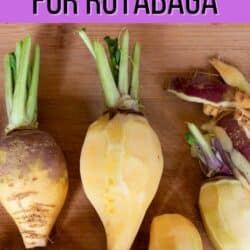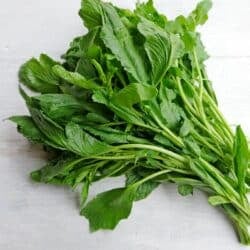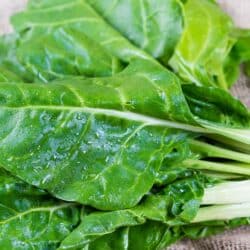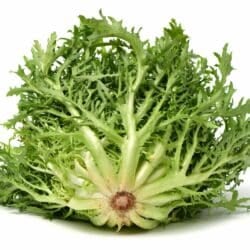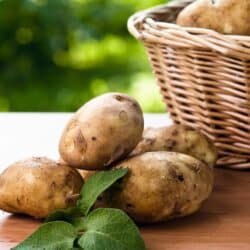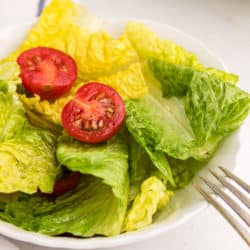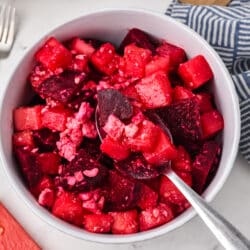6 Substitutes for Rutabaga (& How Much to Use)
If you need rutabaga in a recipe, but don’t have any on hand, you’re in luck! There are many great substitutes that can give your food that same delicious flavor, nutrition, and texture. Here are some substitutes for rutabaga including turnips, parsnips, sweet potato, carrot, kohlrabi, and butternut squash.
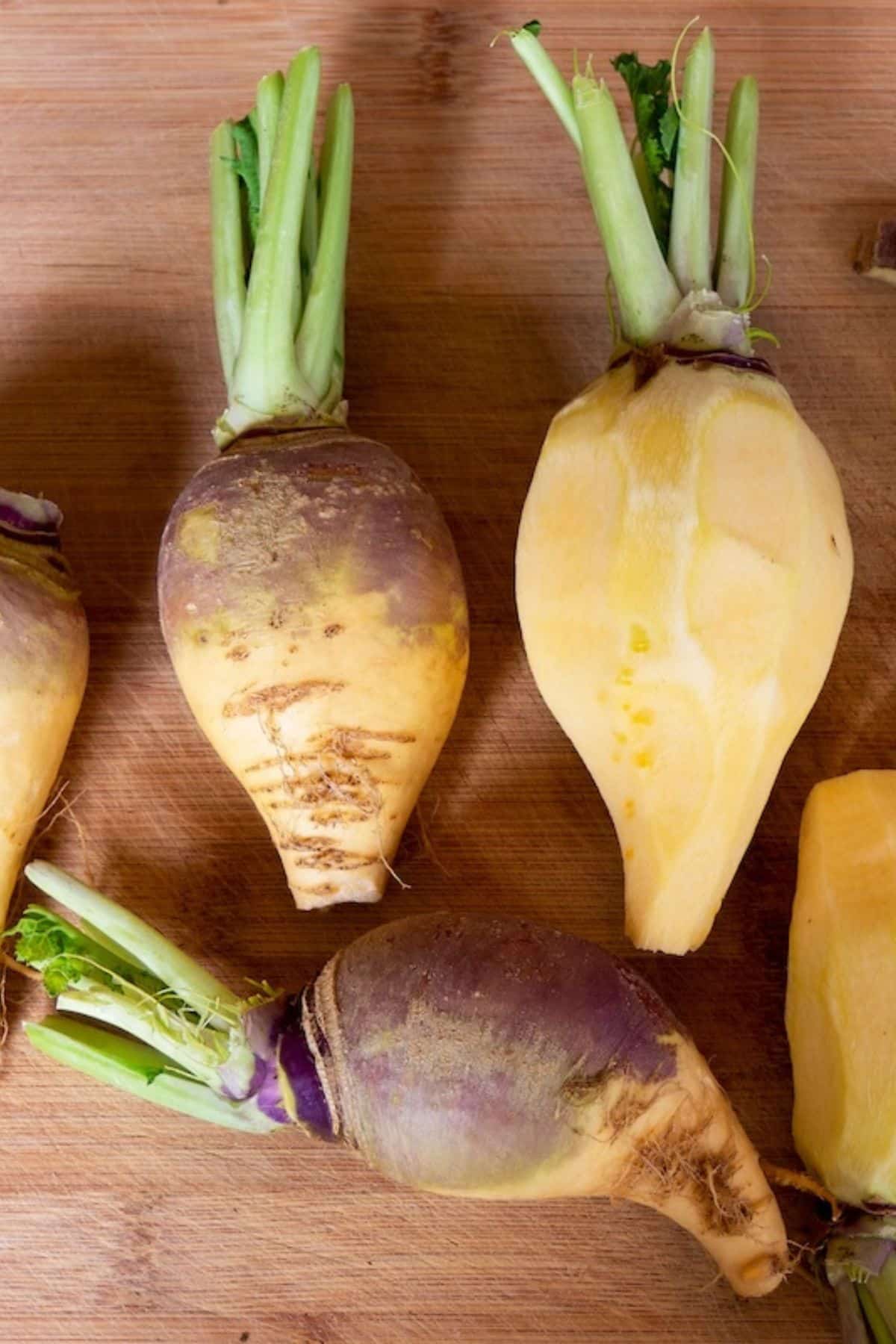
Overview of Rutabaga
Rutabaga is a root vegetable sometimes referred to as a swede or Swedish turnip. It is believed to be a cross between a turnip and wild cabbage and is a nutritious member of the cruciferous family.
While rutabagas are often mistaken for turnips, their skin is much darker and their flesh is more orange, especially when cooked.
They have a mildly sweet, earthy taste and a starchy texture. This makes them suitable for all kinds of dishes, as they readily absorb the flavors of the liquid and seasonings they are cooked with. I think they have a unique flavor with a waxy skin and sweet taste. I first tried rutabaga when I was doing my post-graduate food science education.
Rutabagas are easy to store and can last for months if kept in a cool place.
Nutrients in Rutabaga
Rutabaga is low in calories but rich in nutrients – an ideal combination!
One cup of cooked rutabaga only has around 52 calories, yet it’s packed with energy-giving carbohydrates (including fiber), plus important minerals such as calcium, magnesium, and potassium.
It’s also a good source of antioxidants including vitamin C, providing around 35% of the daily recommended intake.
Health Benefits of Rutabaga
Thanks to its high nutrient content, rutabaga can benefit your health in many ways.
Its vitamin C can help boost your immune system, protecting your body from infections, while its fiber content supports your digestive health and prevents constipation.
Rutabaga’s antioxidant properties help protect your body’s cells from free radicals – unstable atoms that can cause illness and aging. It is particularly high in glucosinolates – antioxidant compounds that can help reduce inflammation and protect you from serious conditions like heart disease and cancer.
Rutabaga is good for your bones, too, thanks to the calcium and magnesium it contains which help support their maintenance and development.
Last but not least, this delicious vegetable is great for your waistline, low in calories but providing the fiber you need to stay feeling full for longer.
Cooking With Rutabaga
Given its delicious taste and impressive health benefits, it’s not surprising that rutabaga is a popular vegetable all over the world.
It’s a particular favorite in Scandinavian countries, where it’s used to make a traditional Christmas casserole spiced with ginger, nutmeg, and cinnamon. It’s also used in Asian cuisine and is a delicious addition to vegetable medleys. Rutabaga fries are a popular recipe as well.
Mashed rutabaga is a wonderful side dish served with meat – indeed, it makes an excellent low-carb and flavorful alternative to mashed potatoes.
Alternatively, try roasting it – this caramelizes the flesh and gives it an irresistible sweetness that may just make it the highlight of your meal.
Rutabaga is a hearty (and nutritious) addition to soups and stews, too, holding its texture well and absorbing lots of flavor.
You can even try it raw, grating it over salads for a refreshing crunch.
Substitutes for Rutabaga
If you’re about to prepare a recipe calling for rutabaga but have none to hand, you’ll be pleased to hear there are several good alternatives you can try.
Let’s take a look at each and how they compare in terms of flavor profile and similar taste.
1. Turnips

I mentioned earlier that rutabagas are often confused for turnips – and it’s this similarity that makes turnips my number one choice as a substitute.
Just like rutabagas, turnips are versatile and can be prepared in the same ways, including roasting, mashing, and adding to stews. Just remember that they are less dense than rutabagas, so they cook more quickly.
Turnips have a nice crunchy texture when grated raw into salads, too.
Their flavor is similar, although they don’t have the mellow nuttiness of rutabagas and are a little peppery in comparison.
Nutritionally, they make an excellent substitute, being a little lower in calories and carbohydrates, but higher in vitamin C.
Choose small, young turnips instead of large ones, as they taste sweeter and don’t have the pungent smell and flavor that develops as they mature.
To substitute one cup of peeled and chopped rutabaga, use one cup of peeled and chopped turnip.
Alternatively, rutabaga makes the best turnip substitute!
2. Parsnips
Just like rutabagas, parsnips are root vegetables, with a distinctive carrot-shaped appearance and a white, creamy flesh. They are often mistaken for white carrots.
They have a sweet and nutty flavor that intensifies as they cook and a softer texture than rutabagas, making them ideal for soups and purees.
That said, you can prepare them using any method you’d typically use for rutabaga and substitute them into recipes wherever rutabaga is required. They have a sweet flavor and make for a very good substitute for rutabaga.
The good news is that you won’t miss out on nutrition when you do, because parsnips are a very healthy choice!
They are a great source of fiber, vitamin C, and folate, plus they have a lower glycemic index. This means your body digests and absorbs them slowly, helping control your blood sugar levels. Foods with a lower glycemic index can be useful for weight loss, too.
To substitute one cup of peeled and chopped rutabaga, use one cup of peeled and chopped parsnip.
3. Sweet Potato

If you find the taste of rutabaga a little too earthy, you’ll love the sweetness that sweet potatoes bring to a dish when you use them in its place!
Sweet potatoes also have a creamier texture than rutabaga but are very versatile and easy to prepare, whether you serve them baked, mashed, or fried.
Nutritionally, there are pros and cons in opting for sweet potatoes instead of rutabaga. They are higher in calories and carbohydrates than rutabagas but are rich in beta-carotene, vitamins A and C, and fiber.
Beta-carotene is a carotenoid and antioxidant important for eye health, helping protect against age-related macular degeneration and cataracts.
Opt for purple sweet potatoes and the benefits may be even higher! They contain anthocyanins that may help guard against cancer and protect the eye cells from damage.
So, while they are a great alternative, they will offer a sweeter flavor to your recipe.
To substitute one cup of peeled and chopped rutabaga, use one cup of peeled and chopped sweet potato.
4. Carrots
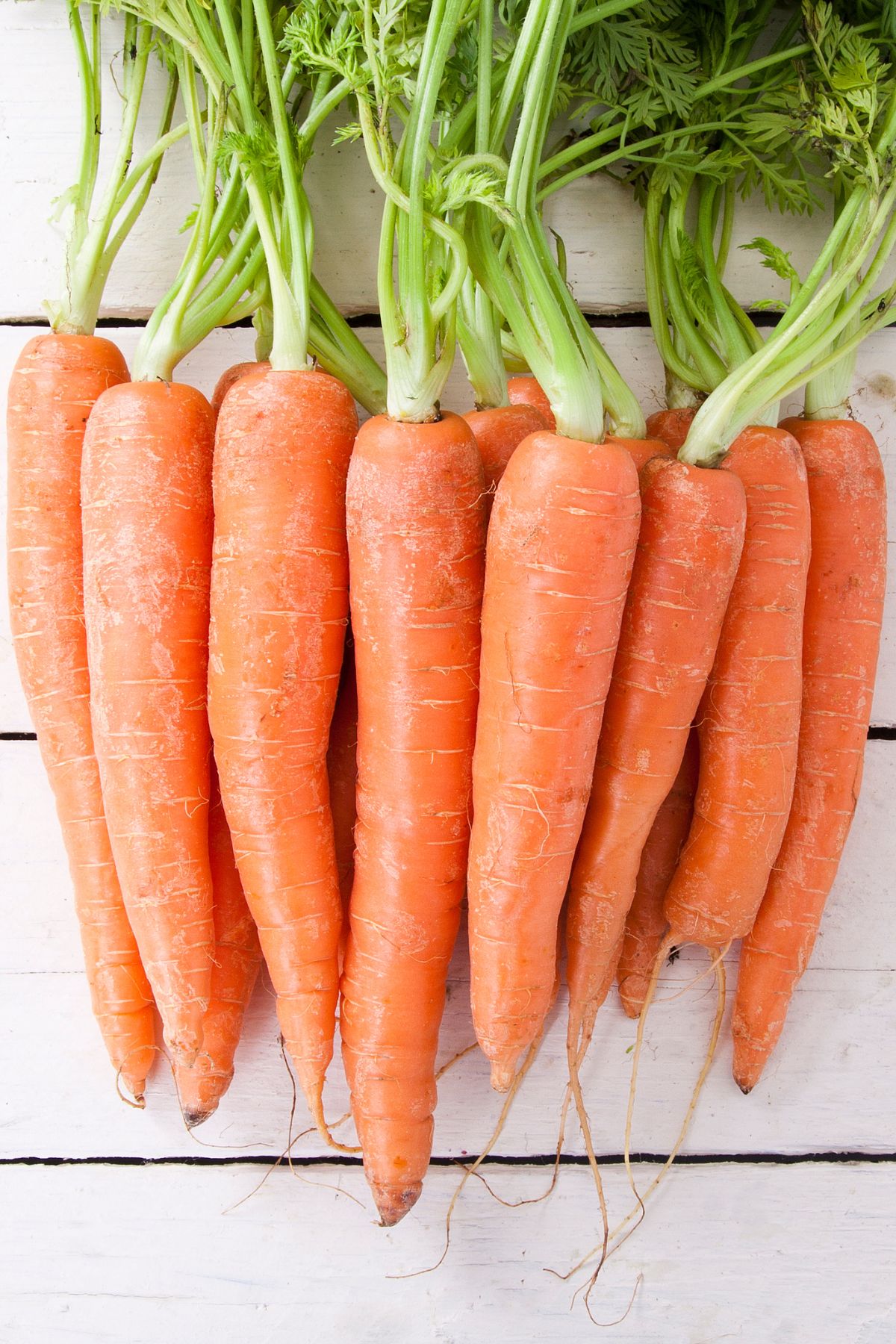
Carrots are widely available and make a great substitute for rutabagas in any recipe, with a similarly soft, smooth texture when cooked.
They bring a natural sweetness to dishes in contrast to the earthiness of rutabagas and can be prepared in many of the same ways. These include boiling, steaming, and roasting.
They also have a pleasant crunch when raw which makes them an ideal alternative in salads.
They are highly nutritious, and packed with beta-carotene, fiber, vitamin K1, potassium, and antioxidants. Well-known for promoting healthy vision, they also provide excellent support to your immune system.
Note that carrots have an orange flavor so they will change the color of your recipe if you use them instead of rutabaga.
To substitute one cup of peeled and chopped rutabaga, use one cup of peeled and chopped carrot.
5. Kohlrabi

The appearance of kohlrabi may fool you into thinking that it is a root vegetable, but it’s actually part of the cabbage family!
Its taste is similar to that of a broccoli stem or white radish, but a little sweeter – particularly when cooked.
While it works well in most dishes calling for rutabaga – whether steamed, roasted, or added to soups and stews – I think kohlrabi is at its very best served raw. This makes it an excellent substitute for grated rutabaga in salads.
Low in calories and carbohydrates, kohlrabi is a good source of nutrients including vitamins C and B6, potassium, and magnesium.
To substitute one cup of peeled and chopped rutabaga, use one cup of peeled and chopped kohlrabi.
6. Butternut Squash
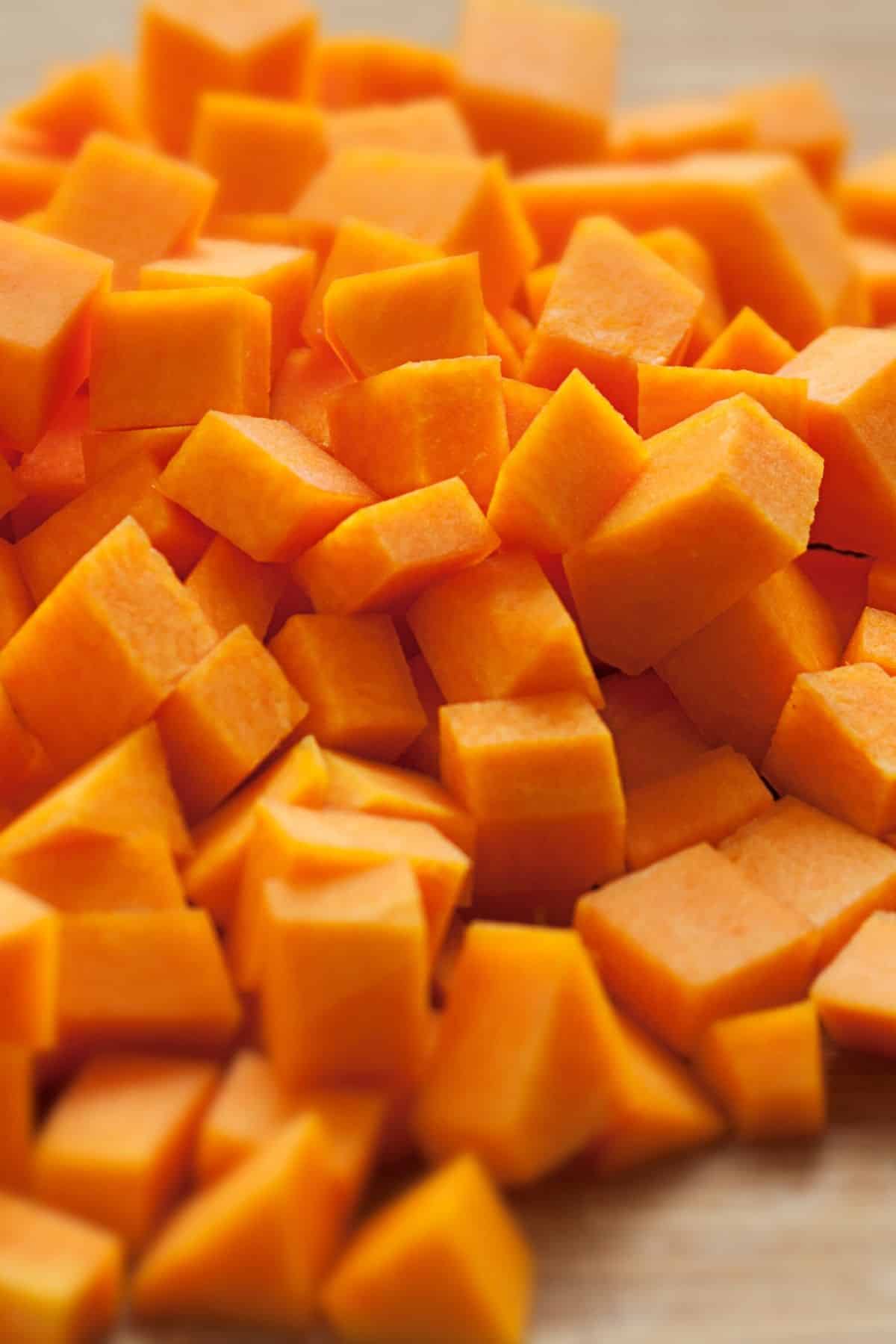
Last but not least on my list of substitutes for rutabaga is the delicious and nutritious butternut squash!
It tastes somewhat like a sweet potato – although a little less sweet – and has a soft, ever-so-slightly fibrous texture when cooked. It is also very creamy, so it’s a particular favorite of mine for soups and purees!
You can cook it in any other way you’d cook rutabaga, however, and it’s perfect when roasted, baked, or used in stews and casseroles.
Like carrots and sweet potatoes, butternut squash is high in beta-carotene, so it’s good for your eyes and cognitive health.
Along with other yellow-orange vegetables, it also helps protect against heart disease.
To substitute one cup of peeled and chopped rutabaga, use one cup of peeled and chopped butternut squash.
Bonus Substitutes
If you don’t have any of the options above, you can also try using vegetables such as celery root, parsley root, brussels sprouts, or broccoli stems in your dish. Look for most of these at the farmers market in late fall.
Pros and Cons
Here’s a chart summarizing the best substitutes for rutabaga, along with their respective pros and cons:
| Substitute | Pros | Cons |
|---|---|---|
| Turnips | Similar flavor, less dense, higher in vitamin C. | Less dense, cook more quickly, slightly peppery flavor. |
| Parsnips | Sweet, nutty flavor, great for soups and purees. | Softer texture, sweeter than rutabaga. |
| Sweet Potato | Creamier texture, high in beta-carotene and vitamins. | Higher in calories and carbs. |
| Carrot | Similar texture when cooked, natural sweetness, nutritious. | Sweeter, which might not suit all savory applications. |
| Kohlrabi | Similar to broccoli stem, sweet when cooked, versatile. | Best raw, may not mimic rutabaga’s texture when cooked. |
| Butternut Squash | Creamy texture, slightly sweet, high in beta-carotene. | Less sweet than sweet potato, soft texture when cooked. |
More Helpful Articles About Substituting Ingredients
Conclusions
As you can see, you have plenty of options when seeking a substitute for rutabaga, all offering similar health benefits and versatile enough to use in a range of recipes. Have fun experimenting with the new flavors and textures these ingredients bring to your dishes!
Don’t forget to join my newsletter list to get exclusive clean eating recipes and tips. The newsletter is 100% free with no spam; unsubscribe anytime.
About the Author: Carrie Forrest has a master’s degree in public health with a specialty in nutrition and is a certified holistic nutritionist. She is a top wellness and food blogger with over 5 million annual visitors to her site. Carrie has an incredible story of recovery from chronic illness and is passionate about helping other women transform their health. Send her a message through her contact form.


